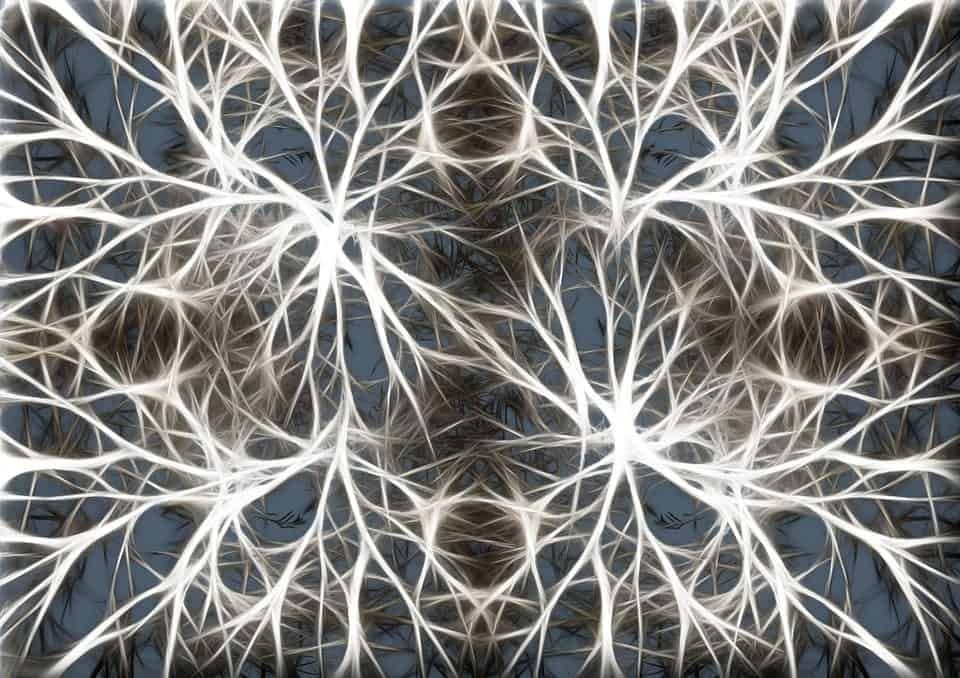
People with autism have stronger connections between brain cells – making it harder for them to switch off from a thought, according to new research.
Their grey matter needs more time to ‘hang up’ on information, suggests the study, explaining the communication difficulties and repetitive behaviour.
The classic symptoms of the disorder result from “sustained” links between regions, say scientists.
Senior author Professor Jeff Anderson, of the University of Utah in the United States, said: “People with autism do not like unexpected stimuli.
“And it may be because brains are not as efficient at rapidly shifting between ideas or thoughts.”
In the first study of its kind his team showed brain connections fade out quickly for mentally healthy patients – but remains “synchronised”for up to 20 seconds for individuals with autism.
Neurons are connected by tiny junctions, or synapses. A simultaneous increase in activity means they are well synchronised – or hyper-connected.
For two decades it has been impairments to this process underlies autism. Brain imaging studies initially revealed reduced connectivity in people with autism.
The latest finding published in JAMA Network Open is contrary to this – and could lead to better drugs.
Prof Anderson said: “We wondered if we could see how local circuits in the brain react in patients with autism.”
To explore the duration of connections his team used a new fMRI (functional magnetic resonance imaging) scanning technique.
Known as multiband, multi-echo resting-state fMRI, it takes pictures of the brain faster than once per second to show synchronisation across more than 300 regions.
It measures how long, on average, functional connectivity persists.
Prof Anderson said: “We don’t have good methods for looking at the brain on these time scales. “It’s been a blind spot because it falls in between typical MRI and EEG studies.”
An EEG (electroencephalogram) involves weaing a skull cap fitted with elctrodes to measure electrical activity in the brain.
Prof Anderson and colleagues found autistic individuals experience prolonged connection compared to their typically developed peers.
They believe the enduring link provides an explanation for the symptoms – because the brain does not shift from one activity to another easily.
First author Dr Jace King, who is based in the university’s Brain Network Lab, said: “Now we are looking at finer timescales, we’ve found a consistent story. It provides us with new tools to figure out the mechanisms that may underlie autism.”
The researchers first performed fMRI scans on 90 male participants aged 19 to 34 – 52 with autism and 38 without.
Then they compared the results to those from 579 male and female autism patients and 823 controls taking part in ABIDE (Autism Brain Imaging Data Exchange).
Both studies showed sustained brain connectivity in patients with autism.
The team also found that the severity of autism symptoms increased with the duration of synchronisation.
Dr King said: “Individuals with autism who have greater social dysfunction have an increase in synched activity in their scans.”
Prof Anderson is hopeful his team is on an exciting path of discovery.
He said: “We want to compare the results from this analysis to more traditional methods.
“This is a whole new perspective into how autism works in the brain, and can help us develop strategies for treatment and finding medications that might be more effective to ease the symptoms of the disorder.”
Over 700,000 people in UK are autistic – which means almost 3 million people have a relative on the autism spectrum. It’s a lifelong condition – and there is no cure.